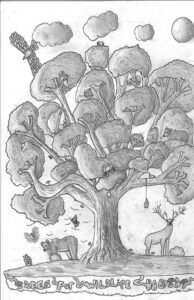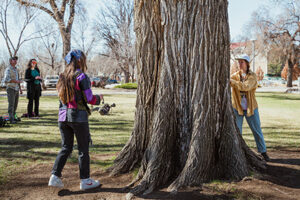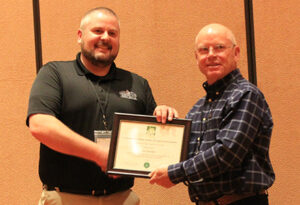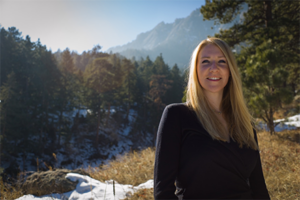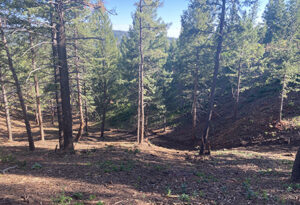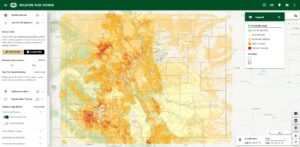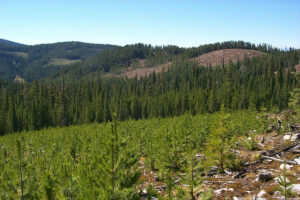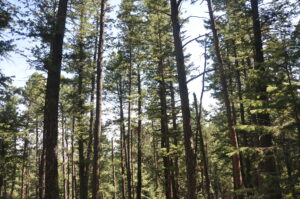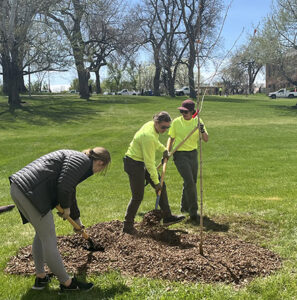
$1.6 Million in Grant Funds Available to Enhance Urban Forests
In its first year, the Colorado Inflation Reduction Act (IRA) Urban and Community Forestry (UCF) grant program has a $1.6 million funding pool. Cities, towns, counties, special districts, LLCs representing neighborhood groups and tribal agencies are just some of the groups eligible to apply.


